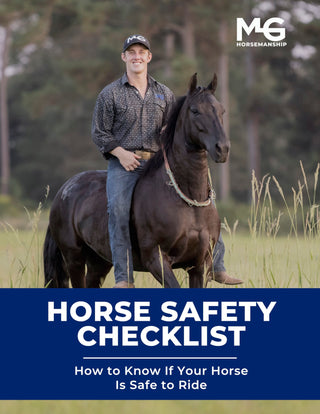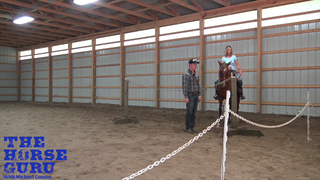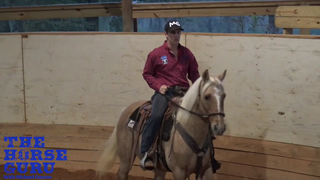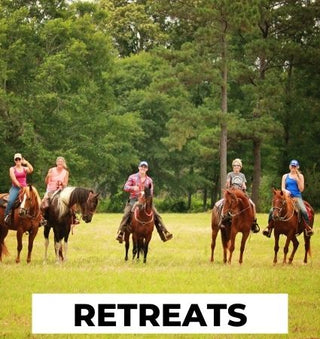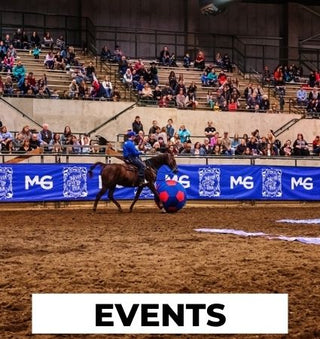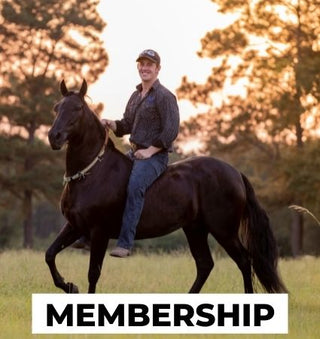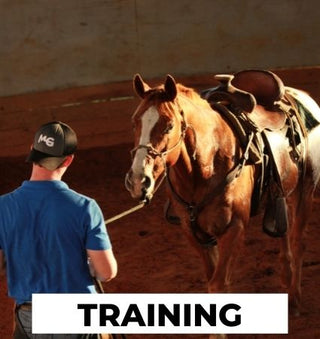Watch the Video Here or continue reading below
Breaking up a pace in gaited horses can seem like a daunting task, but with the right methods and understanding, it’s entirely achievable. In this blog post, we’ll explore effective techniques to help you get your gaited horse, like Clover, a Rocky Tennessee Walker, to move comfortably and smoothly.
Understanding Gaited Horses and Pacing
Gaited Horses Are Still Horses
Gaited horses are unique in their ability to perform a smooth, intermediate gait, but they’re still horses at their core. They share the same anatomy and behaviors as non-gaited breeds, so the principles of horsemanship apply universally.
The Spectrum: Trot, Pace, and Gait
When understanding a gaited horse’s movement:
-
Trot: Diagonal legs (e.g., front left and back right) move together.
-
Pace: Legs on the same side move simultaneously, causing a stiff and uncomfortable ride.
-
Gait: A smooth, desirable movement that falls between trot and pace.
Common Causes of Pacing
-
Stiffness in the Face: A rigid head leads to a straight body and pacing.
-
Lack of Engagement: Horses that don’t engage their hindquarters tend to fall into undesirable gaits.
-
Inexperience: Many gaited horses lack lateral body work, leading to rigidity and pacing.
Techniques for Breaking Up Pace
1. Control the Head, Control the Horse
A stiff head equals a stiff body. Start by softening your horse’s head to encourage relaxation and better movement.
-
Flex the horse’s neck laterally until they yield without resistance.
-
Use gentle, consistent pressure and release immediately when they give to you.
2. Spiral Exercises
A spiral exercise encourages the horse to bend their ribcage and step under themselves:
-
Start on a small circle with the horse’s head flexed to the inside.
-
Gradually widen the circle while maintaining the bend.
-
If the horse paces, tighten the circle to disrupt the gait.
3. Leg Yields
Teach the horse to move laterally by applying leg pressure to shift their shoulders or hindquarters. This breaks up the stiff, straight-line movement associated with pacing
Advanced Training Tips
Work Transitions
Changing gaits frequently keeps your horse attentive and encourages correct movement:
-
Walk to gait, gait to walk, and walk to halt transitions.
-
Ensure the horse stays soft and collected through each change.
Use Ground Poles
Ground poles encourage the horse to lift their feet, engage their hindquarters, and break out of pacing. Place poles in varying patterns and adjust their spacing to suit your horse’s stride.
Strengthen the Hindquarters
Exercises like hill work or backing up can build hindquarter strength, essential for proper gaiting.
Key Takeaways
Breaking up a pace requires consistency, patience, and understanding of your horse’s movements. By focusing on flexibility, engagement, and targeted exercises, you can help your gaited horse move more comfortably and perform their gaits smoothly.
Have a pacing problem with your horse? Let us help! Join our Free Horse Help Challenge and start enjoying your rides today!
Get 30-day horse training for FREE—join the Horse Help Challenge HERE!



